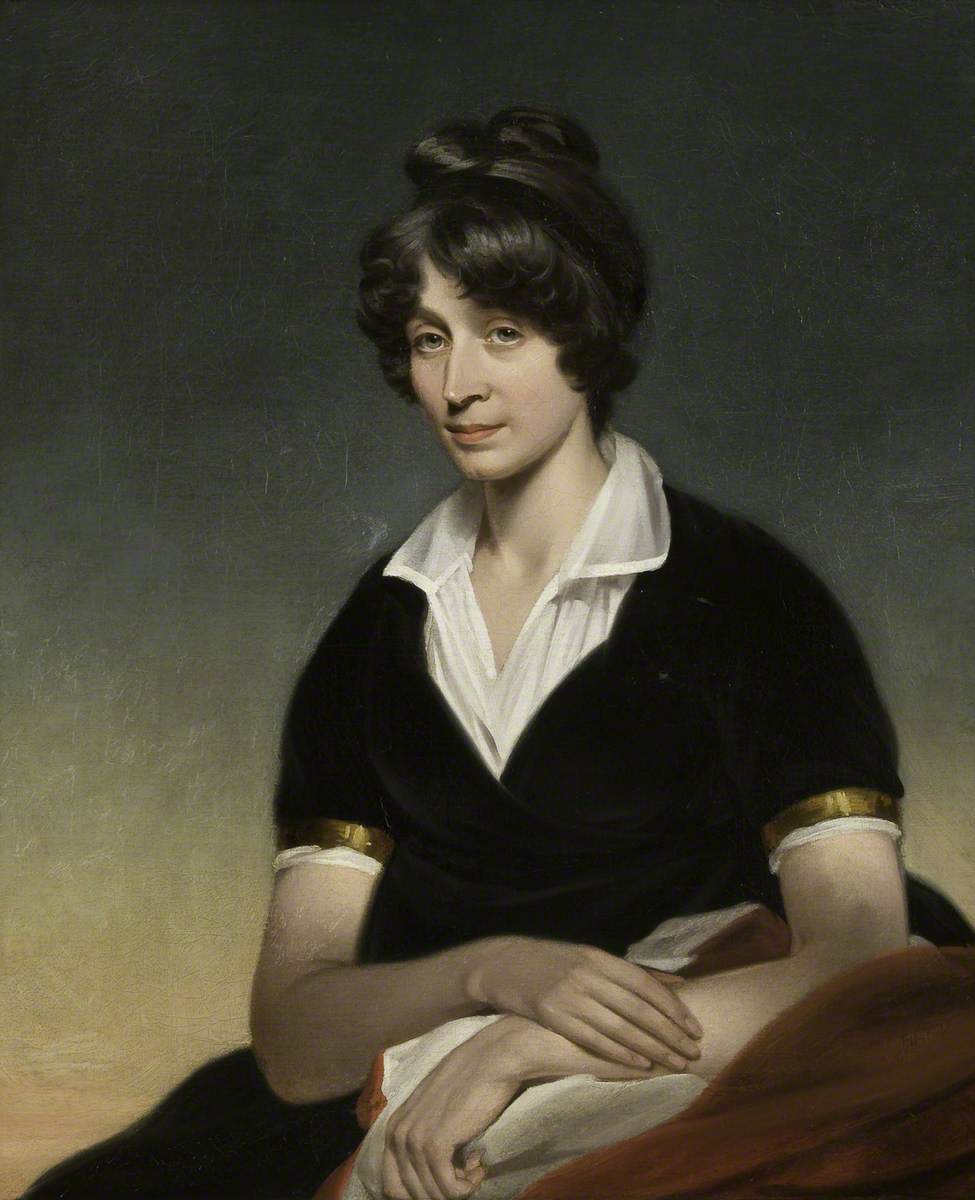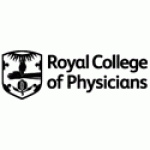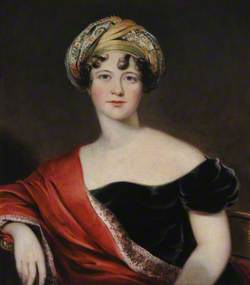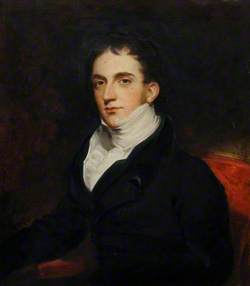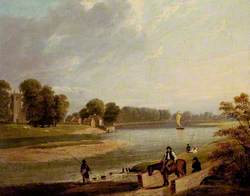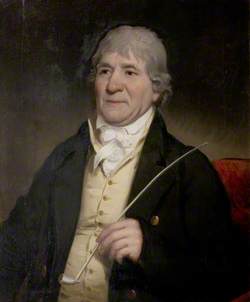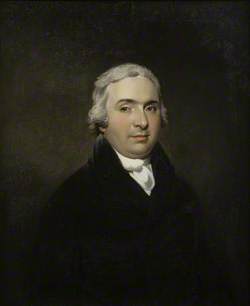How you can use this image
This image is available to be shared and re-used under the terms of the Creative Commons Attribution-NonCommercial-NoDerivatives licence (CC BY-NC-ND).
You can reproduce this image for non-commercial purposes and you are not able to change or modify it in any way.
Wherever you reproduce the image you must attribute the original creators (acknowledge the original artist(s) and the person/organisation that took the photograph of the work) and any other rights holders.
Review our guidance pages which explain how you can reuse images, how to credit an image and how to find more images in the public domain or with a Creative Commons licence available.
DownloadNotes
Add or edit a note on this artwork that only you can see. You can find notes again by going to the ‘Notes’ section of your account.
Sophia Baillie (1771–1843) was the daughter of Dr Thomas Denman. Denman was a naval surgeon who served on Captain Drake’s ship. After the war he returned to London where he lectured on midwifery, worked as a surgeon on one of the Royal yachts and became one of the most successful medical practitioners in London of his time. In 1791 Sophia married Dr Matthew Baillie, the renowned pathological anatomist, whose research into morbid anatomy revealed a new field of study that become recognised as an independent science. On Baillie's death, Sophia gave a gift to the Royal College of Physicians, where her husband was a fellow, of a gold-headed cane, which had also belonged to Doctors John Radcliffe, Richard Mead, Anthony Askew, William and David Pitcairn.
Title
Sophia Baillie (1771–1843)
Date
19th C
Medium
oil on canvas
Measurements
H 75.6 x W 62.9 cm
Accession number
X293
Acquisition method
gift from Angela Oliver, 1972
Work type
Painting
